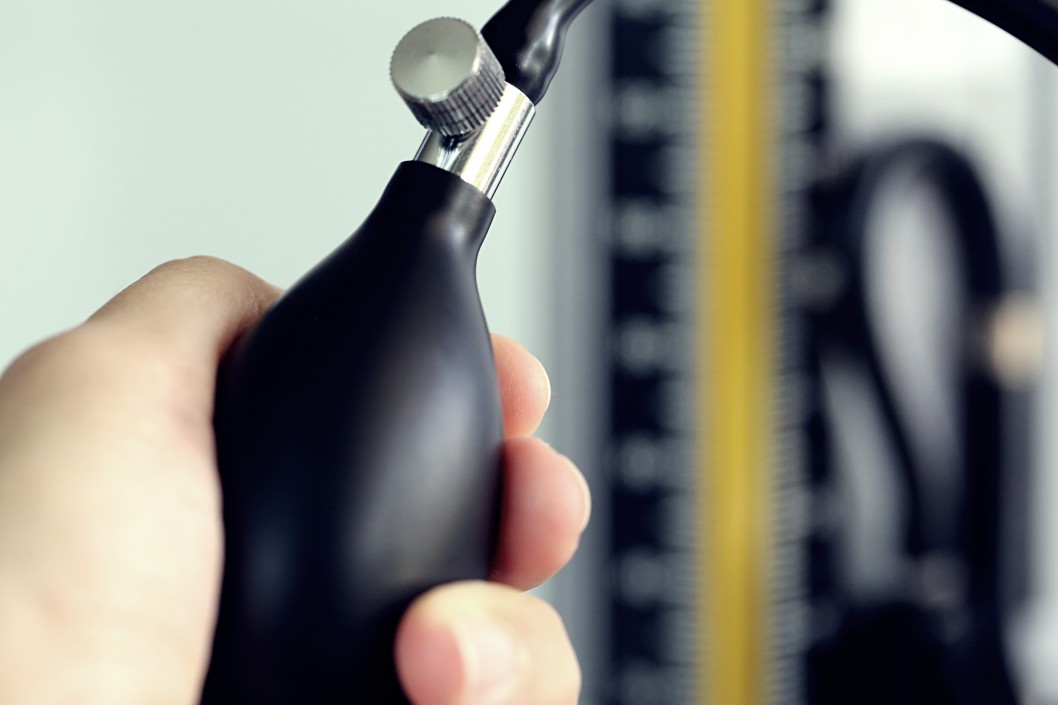Is Heart Rhythm Important? Here Is Your Guide On How to Check it
Measuring your heart rhythm is an easy way to examine your health, as it provides a full description of your heart’s functionality. For most adults, normal heart rhythm or number of heartbeats per minute varies from 60 to 100 beats per minute while at rest. Normal heart rhythm can differ from one individual to another. An unusually high or low heart rhythm of rest can, however, be a sign of trouble.
About normal heart rate
For adults, normal heart rhythm is typically between 60 and 100 beats per minute. A heart rhythm lesser than 60 beats per minute is considered bradycardia (“slow heart”), and tachycardia (“fast heart”) is referred to as a rhythm higher than 100 beats per minute.
Some experts believe an ideal heart rate at rest is closer to 50 to 70 beats per minute. It’s crucial to acknowledge that a healthy heart rhythm can vary, depending on the situation, irrespective of what’s considered normal.
Slower heart rhythm can be attributed because of being physically fit, a specific kind of medicine or drug intake, or a particular pattern of sleep. A slower heart rate, however, can also indicate a sign of diseases related to the heart, high blood potassium levels, certain infections, or an underactive thyroid.
On the other hand, a rapid heart rhythm in healthy people can be due to exercise, being excited or anxious, using a stimulant, or in pregnancy. The health conditions connected with a fast heart rhythm involve many infections. Heart diseases, specific medicines, low blood potassium ranges, an overactive thyroid gland or overdosing thyroid medication, asthma or anemia, also impact on your heart rate.
How to check your heart rate?
You can quickly check your pulse with just your fingers, either on the wrist or the neck side. Use the following techniques to check heart rhythm with your fingers:
- Place the index and middle finger of one hand gently at the opposite hand’s wrist, just below the thumb base.
- Press the neck slightly, just underneath the jawbone.
- Measure the number of beats in 15 seconds. Multiply them by 4. That is the rhythm of the heart.
You may wish to repeat the steps a few times to get the most accurate rhythm reading and use the average answer of the three values. You should also follow these guidelines for a resting heart rhythm measurement:
- Do not check the heart rhythm within one or two hours of physical workouts or after a stressful incident. The reason is that after strenuous activities, your heart rhythm may stay elevated.
- Wait at least for an hour after having caffeine intake, which can cause palpitations in your heart and raise your heart rate.
- Do not take the heart rhythm measurement after sitting or standing for a long time, which may affect the count of heart rate.
You can also measure the heart rhythm using different kinds of heart rhythm monitors. But be mindful that most did not go through independent accuracy checking. A Digital Fitness Tracker is one option. Most accu rhythm devices use a wireless sensor attached to a strap that is wrapped around the chest.
The sensor electronically detects your pulse and transmits the data to a receiver that looks somewhat like a wristwatch, which displays your heart rate. Others themselves have sensors at the back of the wristwatch. Those slightly less accurhythm sensors determine your heart rhythm by reading the blood flow through the veins in your skin.
There are also several smartphone applications to test your heart rate. For most of these, you need to place your finger on the lens of your smartphone, which then examines the changes of color in your finger every time your heartbeats.
Elliptical machines, and now even treadmills and other exercise machines found in fitness gymnasiums, often feature heart rhythm monitoring with handgrip detectors. To detect the electrical signal of your pulse, these depend on trace amounts of sweat from your hands and the metal on the handgrips. Yet experts do not recommend these, as they are mostly inaccurate, to test the heart rate.
When to consult a doctor?
Bradycardia is when there is a consistently low heart rate. A weak heart rhythm with no other signs is usually the indicator of a very healthy heart inactive young adults or professional athletes.
A low heart rhythm may, however, be a sign of a severe root problem. If your heart rhythm is below 60 bpm, and you have chest pain, call 911. Call a doctor if you are experiencing weakness, dizziness, fainting, or any other symptoms.
Often known as tachycardia, it is a consistently high heart rhythm (over 100 bpm while resting). Getting a high heart rhythm is normal when you are nervous, exercising, sick, anxious, or have consumed caffeine.
If you are on an urge to decrease your heart rhythm or regulate an irregular rhythm (arrhythmia), your doctor may ask you to keep a track and record your heart rate. Maintaining tabs on your heart rhythm can assist your doctor in deciding if you want to change the dose or turn to another medicine.
If your pulse is extraordinarily low, or you have repeated episodes of unexplained raised heart rate, especially if it makes you feel weak or dizzy. Consult your doctor, who can decide if it is an emergency. Your pulse is one crucial aspect that helps you to analyze the overall health
Conclusion:
Some of those symptoms overlap, as you can see, and many can be caused by things other than a heart rhythm problem. If you have any questions or queries regarding your heart rate, contact your doctor. You can also visit South Florida cardiovascular specialists for your heart-related concerns.
There are various heart rhythm monitoring products and tools available to purchase online, such as wearable heart rhythm monitors. Comparing the advantages and benefits of different brands is important, and talking to a doctor about the use of such products is also crucial.





